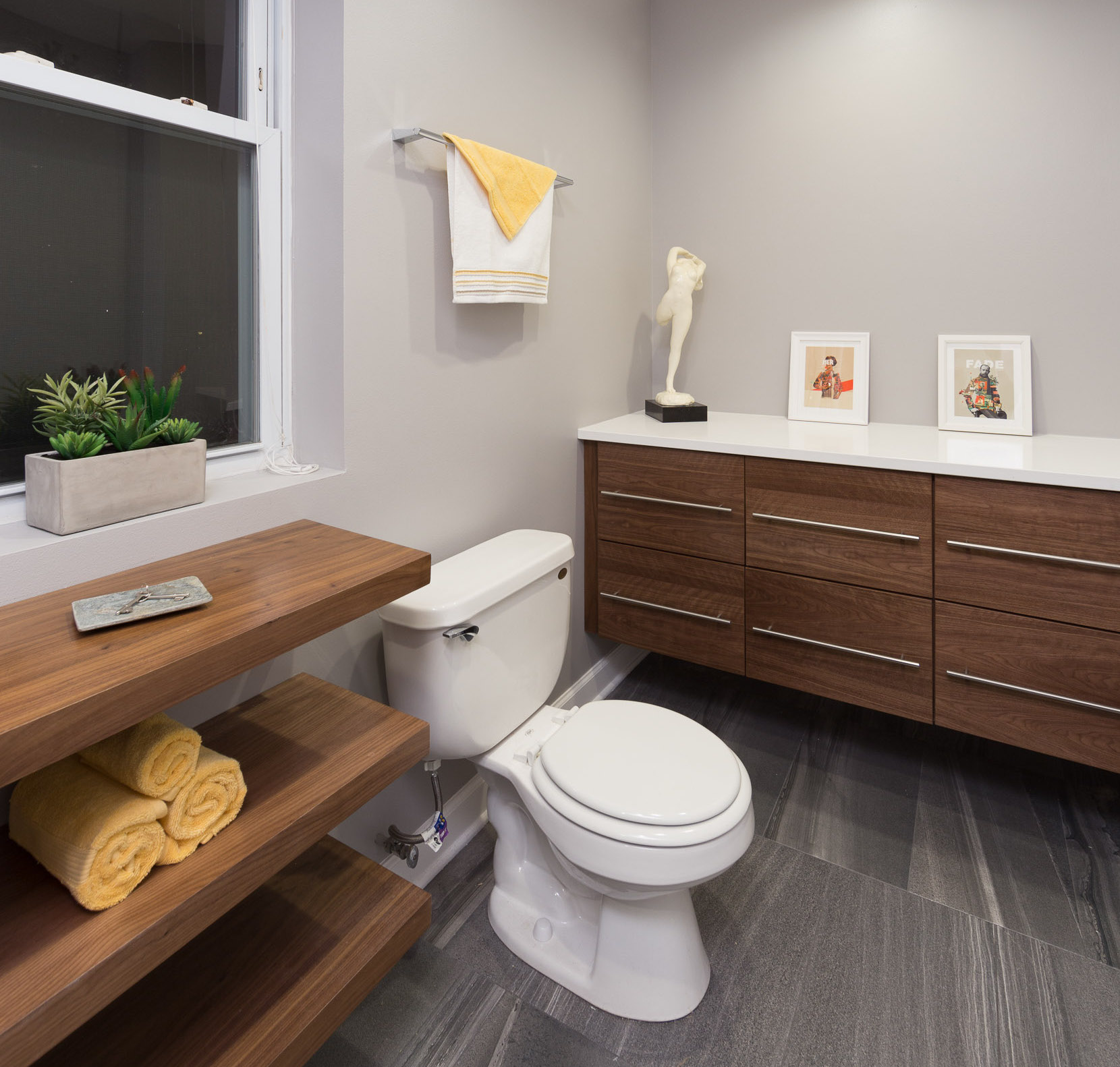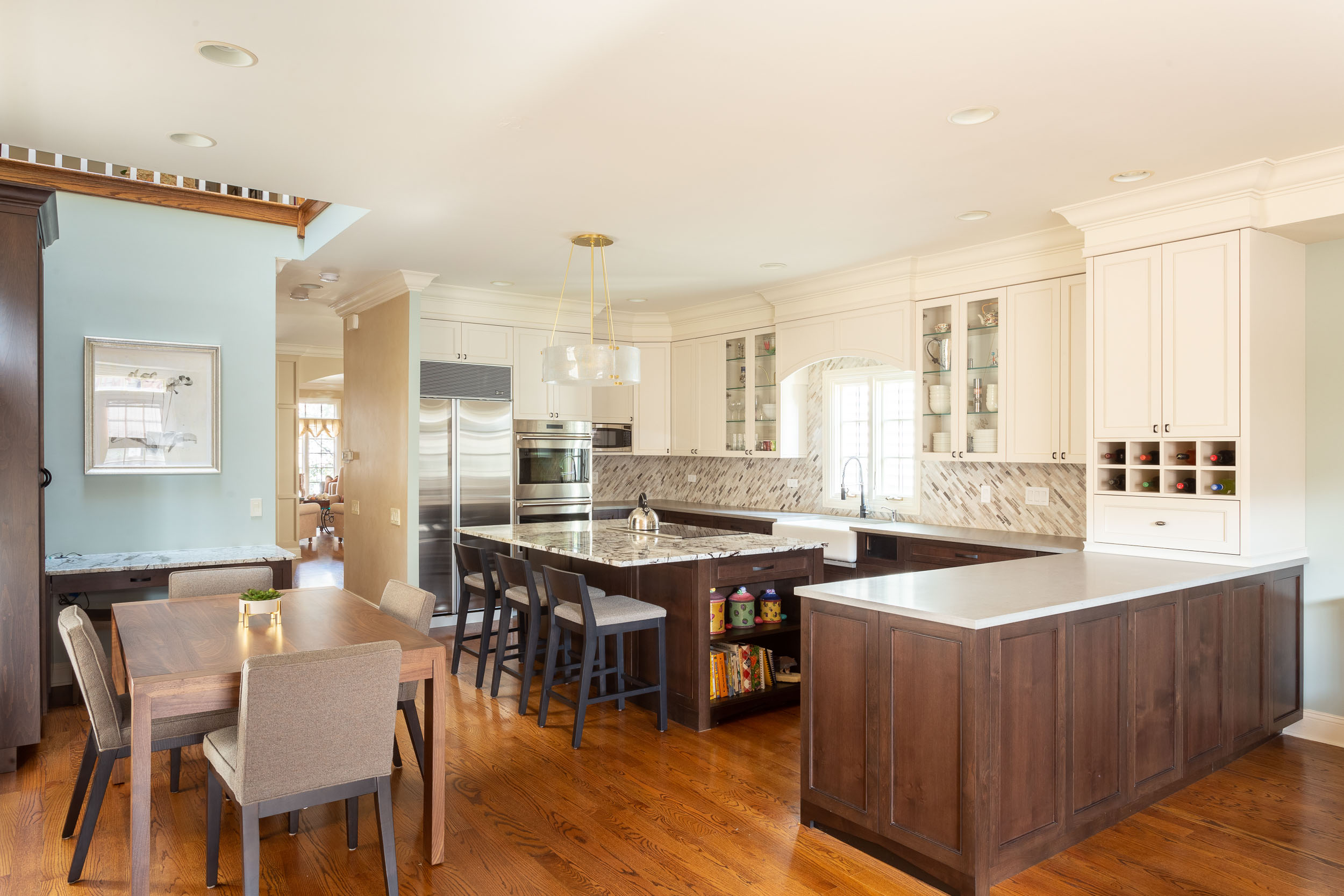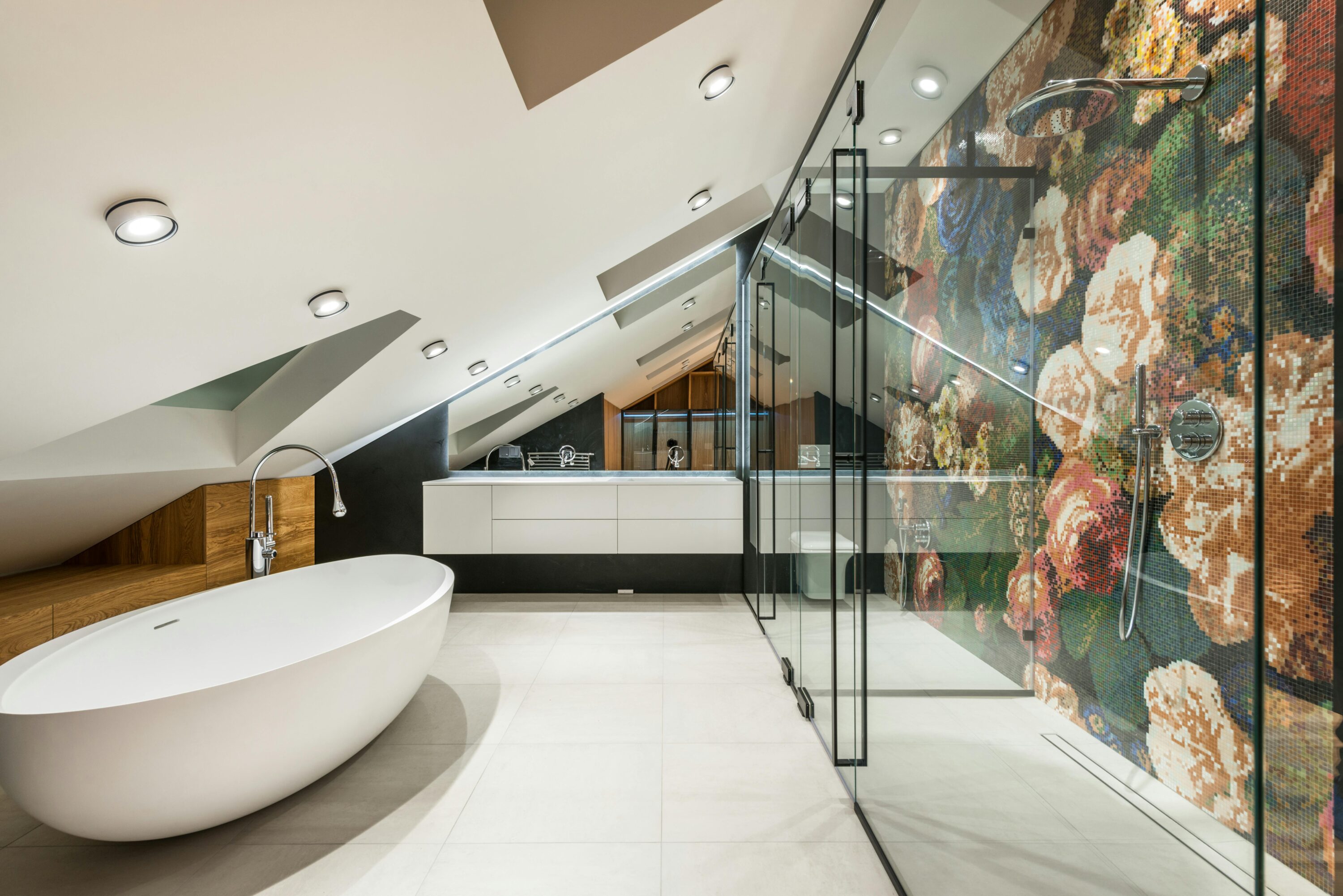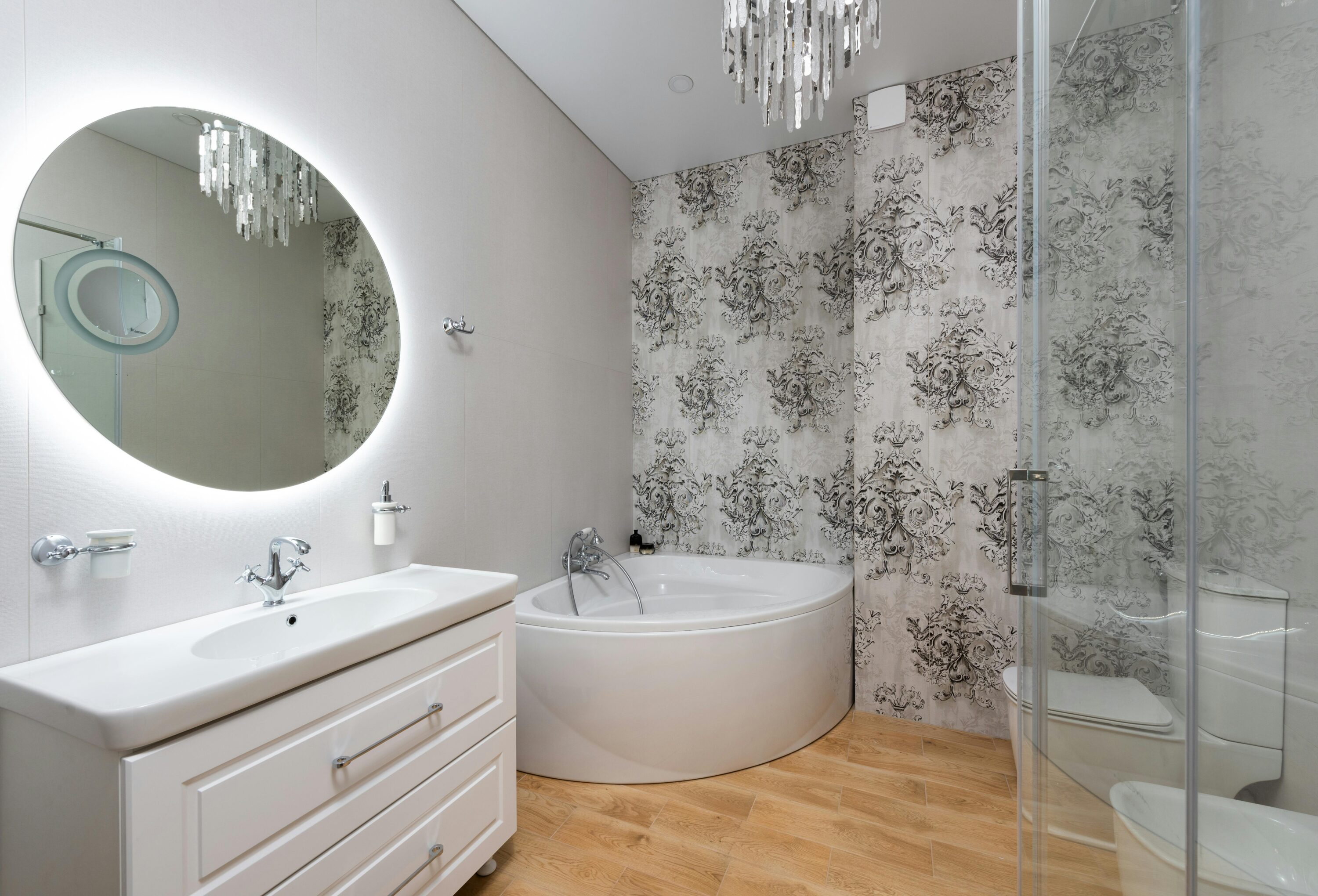
Bathroom Design for Aging in Place: Considerations and Solutions
As we grow older, we may start to face certain challenges when it comes to mobility and maintaining our independence. This is especially true when it comes to our own homes, and the bathroom can be one of the most challenging areas of the house for aging homeowners.
From difficult-to-use fixtures to slippery surfaces, there are a number of design considerations to keep in mind when updating a bathroom for aging in place. In this blog post, we’ll explore some of the most important considerations and solutions for creating a bathroom that is safe, comfortable, and accessible for aging homeowners.
Mobility-Friendly Layout
The first step in designing an aging-friendly bathroom is to consider the layout. For example, a walk-in shower with no threshold and grab bars can make it easier for someone with mobility issues to get in and out of the shower safely. A toilet that is positioned next to a wall with grab bars can provide additional support when sitting or standing. A clear, uncluttered space can also help prevent accidents and make it easier to navigate for those with mobility challenges.
Appropriate Lighting
Good lighting is important for everyone, but it is especially crucial for aging homeowners. Poor lighting can cause falls, and make it difficult to perform daily tasks such as shaving or applying makeup. Consider installing brighter task lighting and use nightlights to keep the bathroom well-lit even when the overhead lights are turned off.
Non-Slip Flooring
Slippery bathroom floors can be a serious hazard for aging homeowners, especially those with mobility issues. Choose flooring materials that have a non-slip texture, such as textured ceramic or vinyl flooring, and avoid using rugs or bath mats that can trip people up. Also, make sure the flooring is level and free of any tripping hazards.
Lever-Style Faucets and Door Handles
Traditional round doorknobs and faucet handles can be difficult to grip, especially for those with arthritis or other hand-related pain. Consider installing lever-style handles instead, which can be turned or pushed with minimal effort. These can be helpful not only in the bathroom, but throughout the home.
Height-Adjustable Fixtures
Finally, consider investing in height-adjustable fixtures for the bathroom, such as adjustable-height showerheads and toilets. This can make it easier for people with mobility issues to use these fixtures comfortably and safely and can be especially helpful for those who use mobility aids such as walkers or wheelchairs.
A bathroom that is designed with aging in place in mind can make a big difference in an aging homeowner’s quality of life. From non-slip flooring to lever-style door handles and fixtures, there are several practical design solutions to help make the bathroom a safer and more comfortable space for those with mobility issues.
Consider the tips outlined in this blog post when renovating your bathroom, and don’t hesitate to speak with a design professional or contractor for additional advice and guidance.







